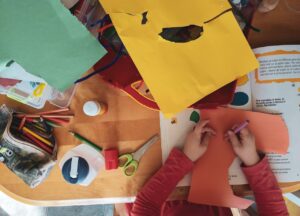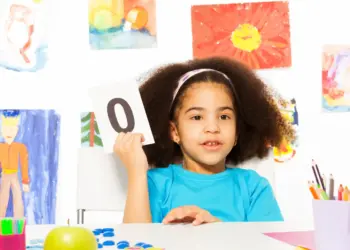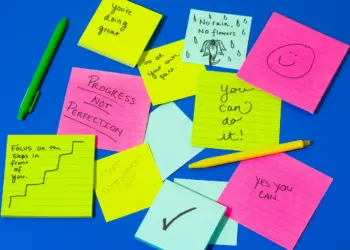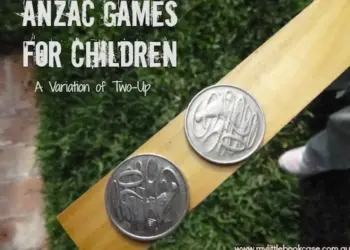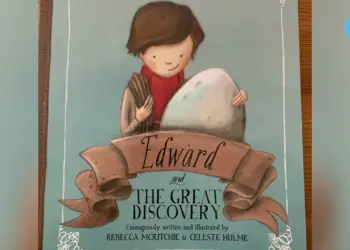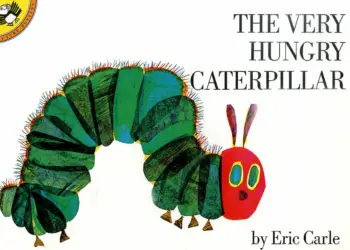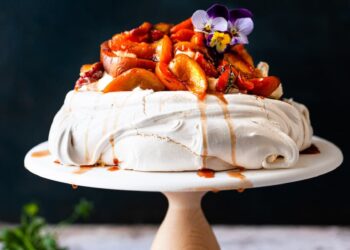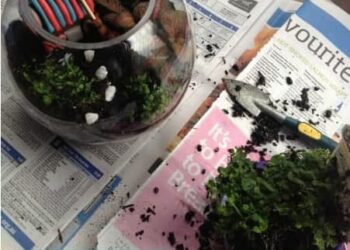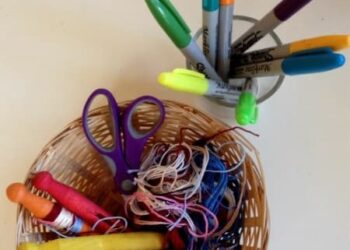It is difficult for me to give specific advice to children that I do not know because there can be serious reasons for a child’s reluctance. However, we did share the writing practices I have encouraged in my home to help parents get started.
1. Create a place where your child can write. (Read this post to learn how to set up a writing area for children).
2. Give children the opportunity to write with purpose and meaning, instead of requiring them to do regimental tasks (e.g. tracing letters repeatedly), which can lead to a lack in creativity and enjoyment. (Find more than 20 meaningful writing activities here.)
3. Relax your expectations of your child, and focus on the writing process rather than the final product.
4. Keep your child’s writing interesting and fresh by offering a variety daily of open-ended prompts or writing invitations. It can be as easy as providing different writing surfaces and tools. Below is a list of over 365 different ideas.
These lists include open-ended writing prompts/invitations. The learning benefits of these lists are substantial, even though they are not structured.
- Control and handle a writing instrument or pencil.
- Muscle development and fine motor skills
- Even if adults cannot understand the ideas , you can still record your thoughts.
- Write as a creative outlet
- Understanding that writing is for a reason
- Practice letter formation in a natural way
Use the list:
There are two lists. You can create 360 different writing prompts by combining any writing tool in List A with any surface in List B. Every day, you can create a new writing prompt. Who would get bored? You can, for example:
- Paint with cotton buds on paper and write with them
- Highlighter pen on bubble wrap
- Write on a leaf with a metallic pen
- Use a tea bag wet to write on the fence
Use these ideas to get your kids writing daily. What crazy combinations can you come up with? If you’re on Instagram, we’d love to see your ideas.
List A: Writing Tools
Write with:
1. Fingers
2. Pencils
3. Pens
4. Metallic Pens
5. Glitter Pens
6. Calligraphy Inks and Pens
7. Sharpies or Textas (colour permanent markers)
8. Crayons
9. Charcoal
10. Pastels
11. Window or glass markers
12. Paint
13. Homemade Finger Paint
14. Glow-in-the-dark paint
15. Paint brushes (used in conjunction with water or paint)
16. Shaving cream
17. Mud
18. crayons, watercolours and wax candles
19. Whiteboard markers
20. Water
21. Water & Chalk
22. Cotton buds
23. Feathers
24. Highlighters
25. Melted Chocolate
26. Spices
27. Invisible Ink (lemon juice)
28. Food safe markers
29. Lipstick
30. Tea bag with a wet surface
List B: Writing Surfaces
Write on
1. Paper
2. Paper Bags
3. Masking Tape
4. Plaster Casts and Plaster
5. Table
6. Seed pods
7. Hands and bodies
8. Timber
9. The Footpath / Sidewalk
10. Leaves
11. Windows
12. Shower screen and bathtub
13. Mirrors
14. Whiteboard
15. Blackboard
16. Easel
17. Perspex
18. Cards and Postcards
19. Fence
20. Sand
21. In Salt
22. In Snow
23. Tracing paper/ Overhead Transparency Paper
24. A roll of long paper
25. Foil
26. Stones
27. Journal / notepad
28. Mugs, crockery and other items
29. Bark
30. Shoes
31. T-shirts with markers (or paint).
32. Pillowcases
33. Post it notes
34. Paint in a bag
35. Laminated Tracing Cards
36. Bubble wrap
37. Tiles
38. Zip-lock plastic bags
39. In shaving cream
40. Paddle pop sticks
41. Terracotta pots
42. Fabric ( library bags)
43. Wrapping Paper
44. Fruit and Vegetables
45. Cakes
46. Brick walls
47. Clay
48. Chalkboard Blocks
49. Cardboard box
ADAPTING THESE IDEA FOR CHILDREN of VARIOUS AGE:
These ideas can be adapted to children of any age. Children will respond differently to invitations and prompts. You can, for example:
- Provide pre-writers a range of writing surfaces and tools, and allow them to draw.
- You can help new writers by displaying the alphabet to them so they can write familiar letters and words. Create signs or labels or write letters or words familiar to you in the sand.
- Cards with sight words or words that have a theme can be helpful to young writers as they begin to write words in strings (e.g. You can write a message or card, or even a shopping list, or order lunch.
- Proficient writers are able to write well-constructed sentences and thoughts, so invitations and prompts may be more specific while still allowing for creativity. You can write a letter to a fairie, or a message to the fairy. Or you could give instructions on how to find treasure.




